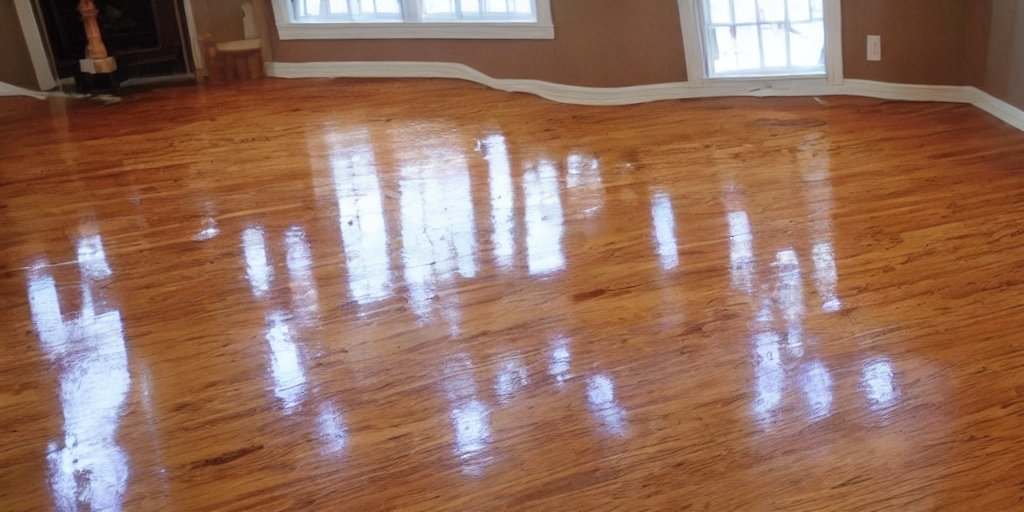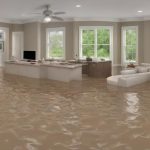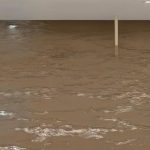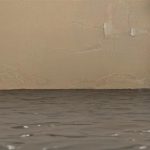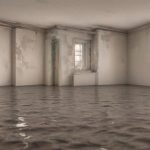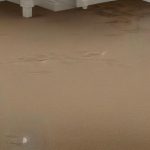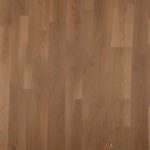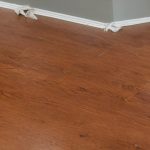Introduction
Wood floor water damage is a nightmare scenario for homeowners, often arising from various sources such as burst pipes, roof leaks, or even unnoticed plumbing issues. In this guide, we’ll delve into the nuances of wood floor water damage, how to identify it, mitigate its effects, and when to seek professional help.
Understanding Wood Floor Water Damage
Wood floor water damage is a pervasive issue that can wreak havoc on your flooring if left unchecked. From subtle discoloration to noticeable warping or cupping of floorboards, the signs of water damage on hardwood floors can vary. Excess moisture not only compromises the structural integrity of the flooring but also creates a breeding ground for mold and fungi, posing health risks to inhabitants.
Recognizing the Signs of Water Damage
Spotting the signs of water damage early is crucial for effective maintenance. Musty odors, discoloration, or visible changes in the wood’s texture are common indicators. Utilizing a moisture meter can provide precise insights into the extent of the damage and help determine the appropriate course of action.
Also Read: Restoring Peace of Mind: Water Damage Restoration in Mesa AZ
Addressing Wood Floor Water Damage: Immediate Steps
When confronted with water damage, swift action is imperative to prevent further harm. Begin by documenting the damage for insurance purposes and then halt the source of the leak. Remove standing water using a wet vacuum and implement thorough drying techniques with fans and dehumidifiers. Cleaning the affected area with mild detergent helps prevent mold growth, while continuous monitoring ensures the effectiveness of the drying process.
When to Seek Professional Restoration Services
While minor water damage can often be remedied with DIY measures, significant incidents necessitate professional intervention. Signs such as extensive damage, persistent dampness, or mold growth indicate the need for expert restoration services. Companies like Carpet Tech specialize in comprehensive water damage restoration, ensuring a thorough assessment and restoration plan tailored to your needs.
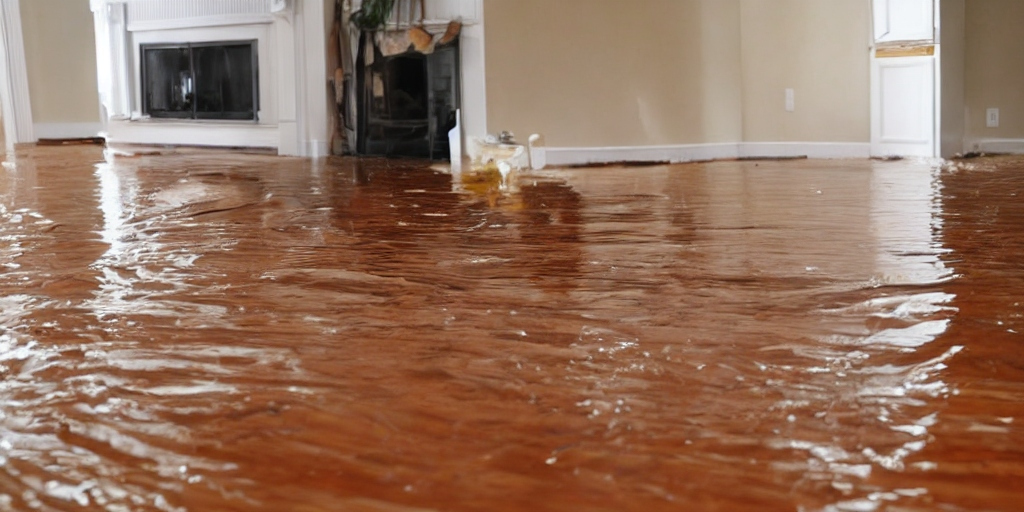
Navigating Insurance Coverage
Understanding your insurance policy is crucial for navigating water damage claims effectively. Most policies cover sudden and accidental water damage, but the specifics vary. Professional restoration companies often assist with documentation and communication with insurance adjusters, streamlining the claims process and ensuring timely restoration.
Preventing Future Water Damage
Prevention is key to safeguarding your wood floors against future water damage. Strategies such as placing rugs and mats in high-traffic areas, inspecting for leaks regularly, and maintaining proper ventilation help mitigate risks. Additionally, sealing hardwood floors periodically enhances their resistance to moisture and prolongs their lifespan.
Also Read: Houston Water Damage Restoration: Restoring Peace of Mind
Conclusion
Wood floor water damage poses significant challenges for homeowners, but with prompt action and professional assistance, it can be effectively mitigated. By understanding the signs, taking immediate steps to address the damage, and implementing preventive measures, you can protect your investment and ensure the longevity of your wood flooring. Remember, when in doubt, consult with restoration professionals to safeguard your home against water damage woes.
In conclusion, wood floor water damage is a serious issue that requires immediate attention and proper handling to mitigate its effects. By understanding the signs, taking prompt action, and seeking professional assistance when necessary, homeowners can protect their investment and ensure the longevity of their wood flooring.
